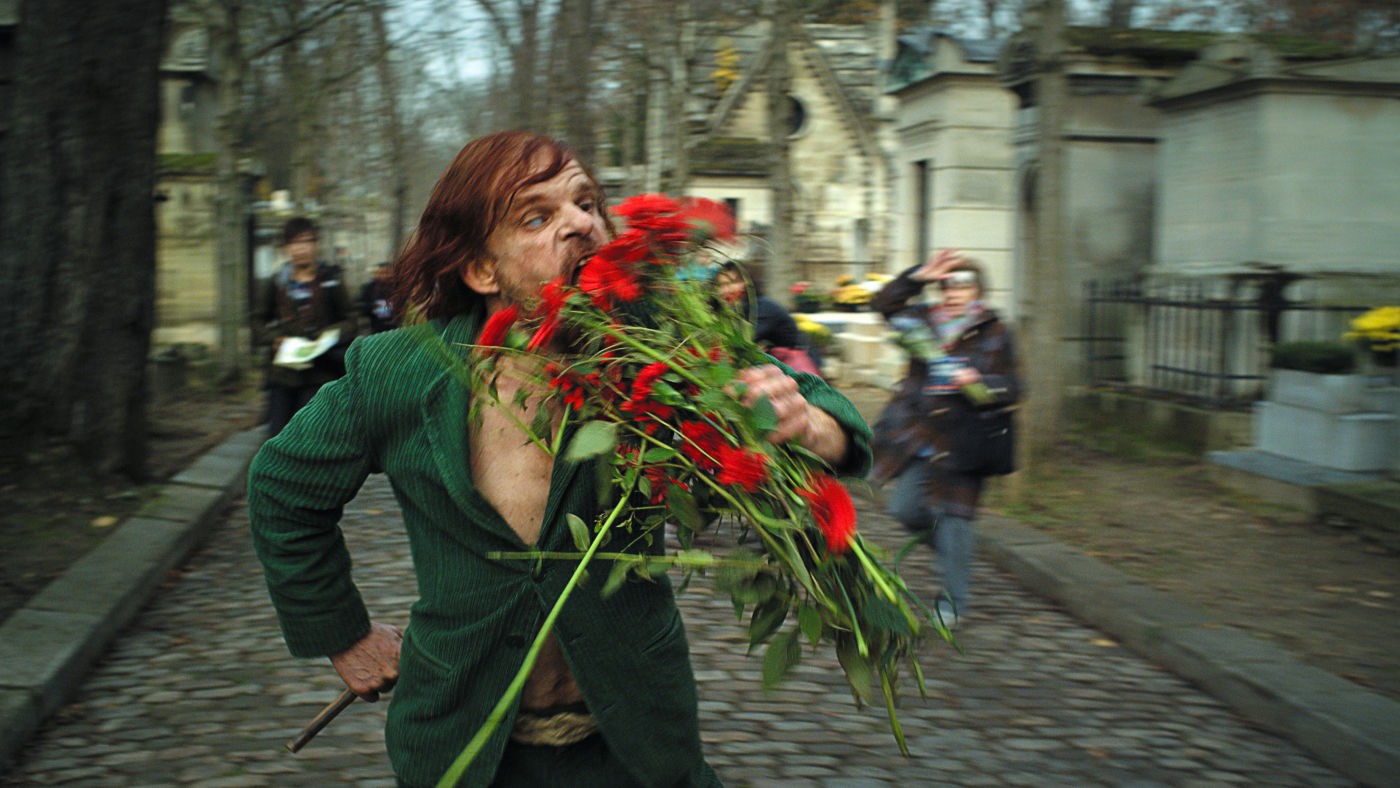
“Don Quixote” is considered the groundbreaking novel responsible for the beginning of modernism in literature. The thing that made Cervantes’ work special was the way he talked about the novel within the novel, creating a literary world self-aware of literature. In the evolution of any art form, there is a moment when art starts to ask questions about itself.
There are some prior examples, but since the 60s it has been one of the most explored and rich questions to raise. Format experiments (Greaves, Kiarostami), vengeance on Hollywood (Altman, Lynch), genre mocking (Craven, Goddard) or autobiographies (Truffaut, Fellini) are some of the forms of meta experimentation in the next 20 examples.
1. Man with a Movie Camera (Dziga Vertov, 1929)
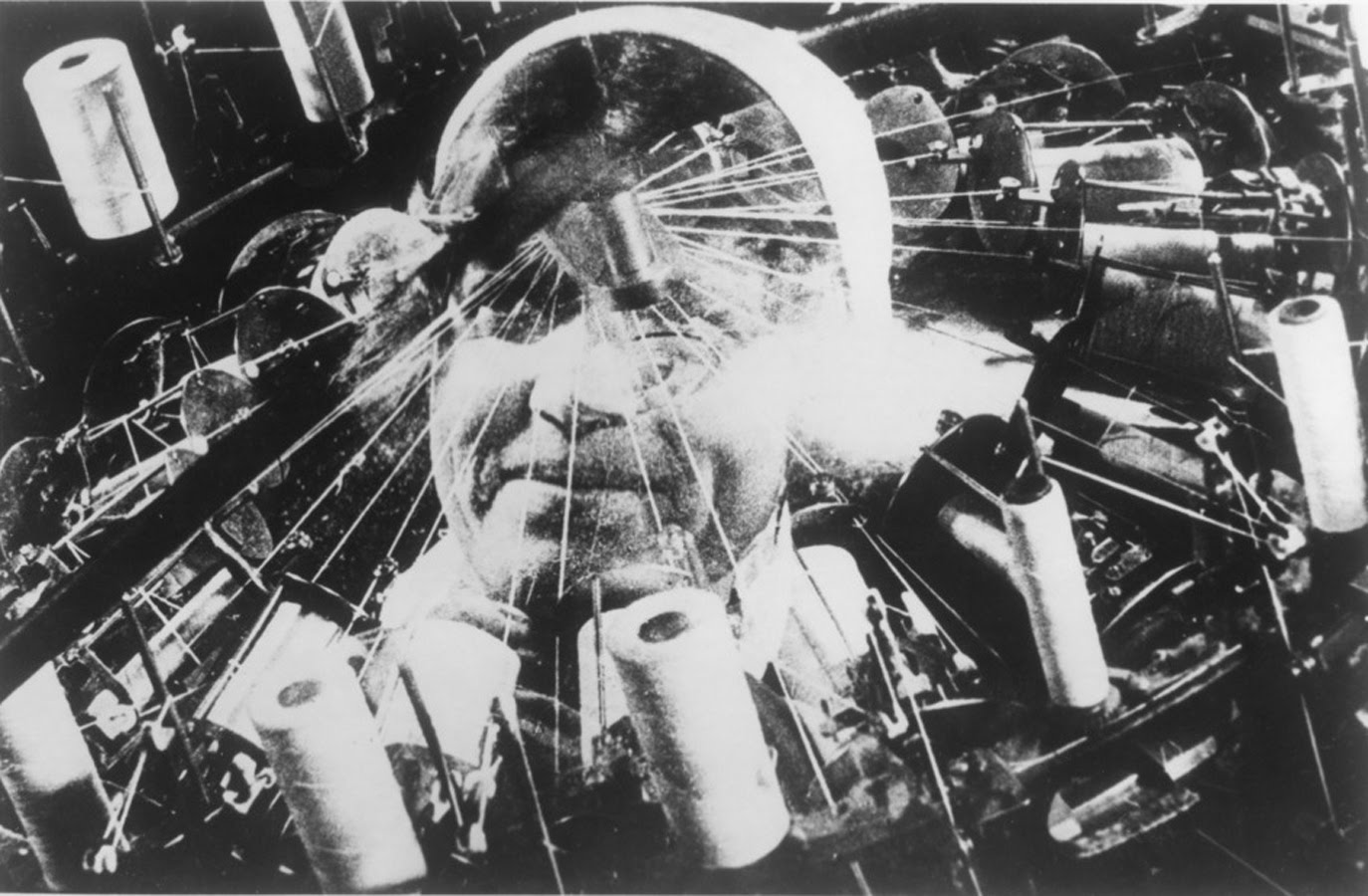
The Soviet montage was the first moment in cinema when filmmakers started to make films to talk about cinema itself. Eisenstein proposed different categories for editing, and for applying them onscreen.
Kuleshov experimented with editing to prove how much of the emotion and acting skills of a face come from what image is next to it. But the most radical of them was Dziga Vertov. He didn’t believe in telling a story and he saw straight narrative as a bourgeois pleasure, so he just went to film his city, Moscow, without an organized plan.
At the same time, he shows this idea and it resulted in editing with some scenes in the editing room, and using every montage technique to remind us that we are watching a film. Film as a way to forget about your day was against the Marxist conviction of Vertov, so he tried every way possible to make us know this is a film.
Meta cinema evolved later in other ways, with many of the ideas applied on a narrative structure, but Vertov first placed this mechanism that leads to question what we are watching, and why are we watching it.
2. Duck Amuck (Chuck Jones, 1953)
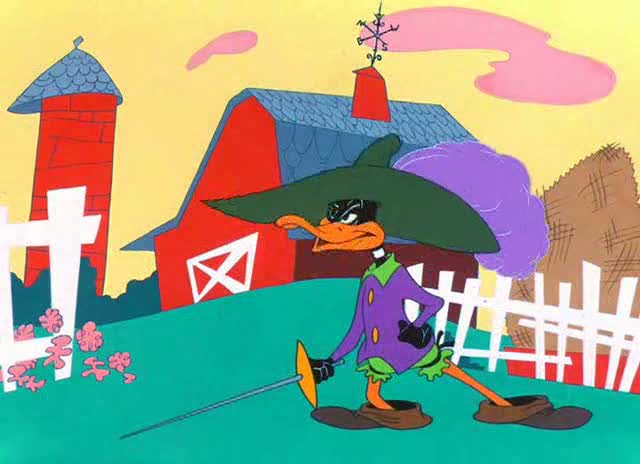
Animation can be seen as a meta-fictional exercise by itself. Even if the audience, especially the children in the audience, can get immersed into a story, you are aware of how real the situation is. Chuck Jones always took advantage of this feature, playing with meta-fiction all around.
Little jokes about drawing in Wile E. Coyote and the Roadrunner, or a huge number of inter-textual references, can be find in Jones’ works and show how much consciousness he had in his art. The greatest example of this is seen in one of his masterpieces “Duck Amuck”. The film shows Daffy Duck trying to have a new adventure, but being interrupted constantly by his creator.
A hand of an unseen animator takes off Daffy’s mouth, changes his background and clothes, and morphs the shape of his body. The audience is completely aware of how animation works, how any background is handmade and repeated and how there is somebody dubbing Daffy.
When we see Bugs Bunny as the animator some of the meta experiment is over, but this is just a way of making the film lighter and more friendly. But the philosophical issues are already there, and our relationship with Daffy Duck changes forever.
3. 8 ½ (Federico Fellini, 1963)

This is the most important meta film, period. After the groundbreaking success of “La Dolce Vita”, Fellini was only able to find inspiration for another film through himself and that situation.
After making a film that was recognized as one of the greatest pieces of filmmaking ever made, the most important thing that Fellini had to express was his inner feelings. Guido (Marcello Mastronianni) is a film director suffering a lack of inspiration after making a successful film. Pressured by everyone around him, his process of filmmaking is mixed directly with his personal life and history.
Obviously talking about himself, Fellini accomplished the most complex and beautiful film about filmmaking. Life and film are impossible to separate. A critic once said that Fellini made a film so incredibly personal that he ended up making a universal statement. “8½” was the number of films that Fellini had made at the time, and reflected this lack of creativity, hence the title.
4. La Ricotta (Pier Paolo Pasolini, 1963)
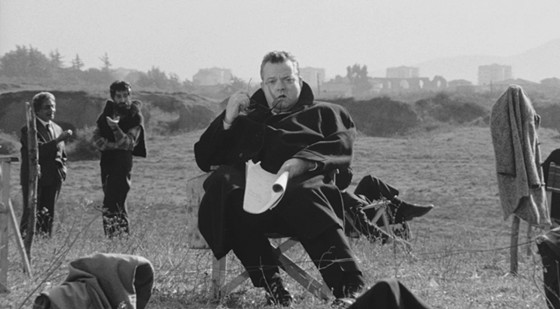
A tableau vivant consists on recreating a painting with live actors. Pasolini made more than one in his life, bringing a solemn and sacred aura to his proletarian characters. Mixing these high concepts with the low-depths was his way to express where he really saw the sacred elements of these paintings.
“La Ricotta” presents another way of taking a tableau vivant of its bourgeois conception, this time with humor. Orson Welles plays an intellectual director, making the main character a meta joke from the beginning. Welles is filming a tableau vivant with non-professional poor Italian actors.
The result is a comedy fest where mistakes and problems turn the living picture into a joke. The intellectual director gets mad while nobody seems to take the religious elements seriously.
Pasolini made this film showing his canon elements, including his view on sacredness and its relationship with the working classes. But he also made a big meta joke on his own intellectual cinema. If we were able to see what they were filming, the result would be a dead-serious and intellectual tableau vivant, but being on the other side the reflection is far deeper.
5. Symbiopsychotaxiplasm Take One (William Greaves, 1968)
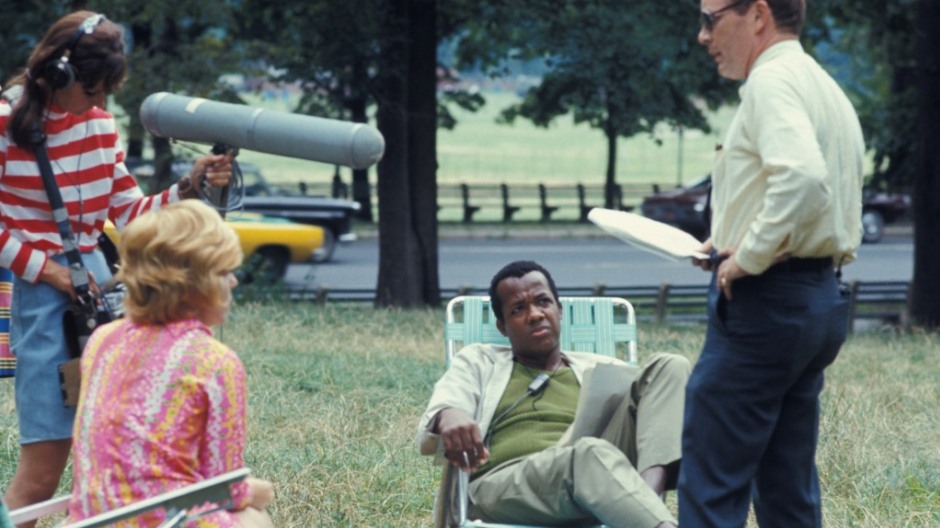
“Symbiopsychotaxiplasm Take One” is not a film with meta elements but a complete meta experiment. William Greaves proposed a way of filming that didn’t had any guarantee; he had no way to be certain of what he was filming. We say Greaves had directed an amateur film, and at the same time there is a crew simultaneously following his crew.
With a split-screen we see the film he is working on, and the making-of the film. But after awhile we can start to question which film he is making, the fiction or the documentary about that fiction, or both. The same confusion is felt by the crew, and we can see them discussing it a number of times throughout the films.
While some of them claim it is Greaves’ idea, others think he is just a clueless and inexperienced director. We see Greaves frustrated when he is incapable of getting good acting from his stars, but in these discussions a cameraman starts to ask if that is his idea. “Symbiopsychotaxiplasm Take One” is about the process of filming, but more deeply it’s about the fiction and trickery of cinema.
At the end we don’t have a revelation from Greaves, but rather a failed fiction and documentary. But like the crew, we can start to ask how much of this was his idea, or furthermore, how much of this could have been staged.
6. F for Fake (Orson Welles, 1973)
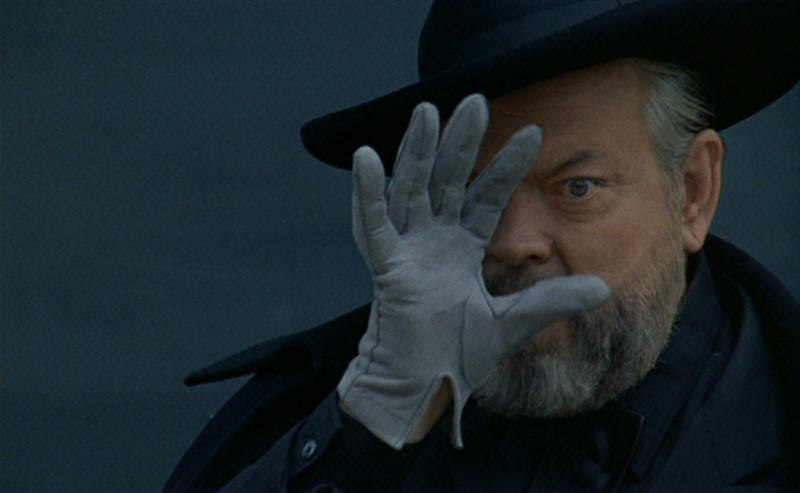
Orson Welles made a documentary on art forger Elmyr de Hory, and he applies the same rules of the man he is portraying. Welles lies to the audience, and he is not afraid of telling us. In the presentation we know that half of the documentary will be a lie, and that he is going to trick us.
The film moves from the main narrative and makes a trip through Welles’ own life, Howard Hughes, art history and the nature of documentary. Welles shows us how everything in a documentary is a narrative construction, and how editing is the important part where a filmmaker turns a film into his own narrative and view, and how we must not believe it so easily. The film is also a big step further in “mash-up” editing, previewing what was going to happen with MTV culture.